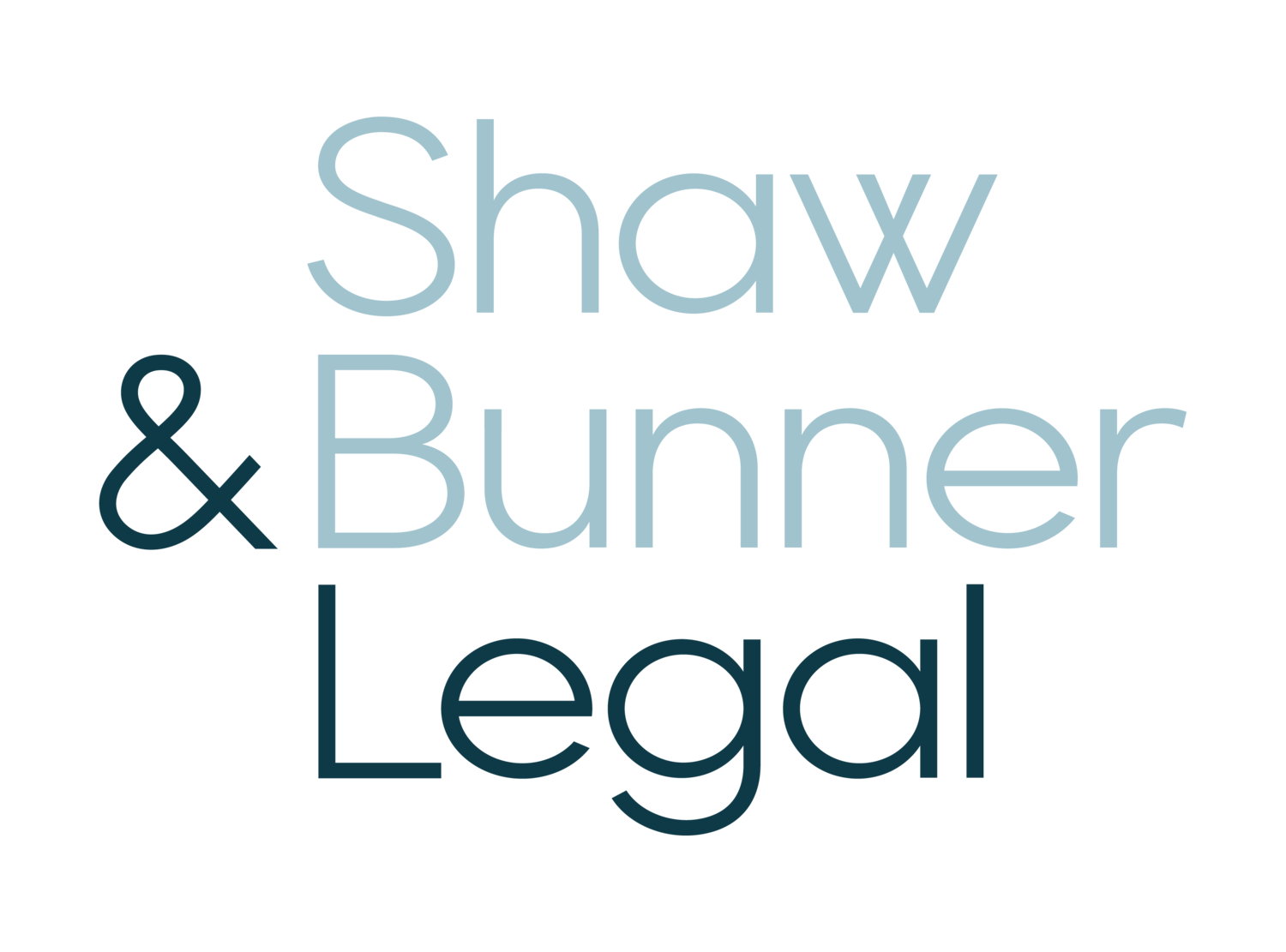What is contemporaneous evidence and how can it is assist in a compensation claim?
Contemporaneous evidence refers to evidence that is created, recorded, or documented at or around the same time as the events it describes. In legal contexts, contemporaneous evidence is often considered more reliable and credible because it is less likely to be influenced by later events, fading memory, or bias. It is a type of evidence that can provide an accurate and immediate account of a situation, transaction, or occurrence.
Some examples of contemporaneous evidence include: -
(a) Diaries and Journals: Personal writings or logs made by individuals at the time of the events they are recording, which contain details of the event.
(b) Photographs and Video: Visual evidence captured at the time of the event or shortly thereafter can be helpful, and provide a time stamped, visual record of the scene.
(c) Emails and Correspondence: Written communications can be a good record as they are timestamped and provide a clear record of the discussion or any agreement between parties. A written correspondence can rarely be disputed, as opposed to what may have been said to a person verbally.
(d) Witness Statements: A written statement made by a witness close to the time of the event can be very helpful and alleviates the potential for a witnesses memory to alter with the passing of time.
(e) Clinical Notes and Medical Records: These records can often provide detail as to the history provided at the time of an event, or the report of symptoms etc.
(f) Surveillance Footage: Video footage taken by surveillance cameras capture an event as it happens. Often surveillance footage is destroyed after a set period of time, therefore it is crucial to obtain a copy following an incident in a timely manner.
The key to remember with contemporaneous evidence is that it can often be given more weight in legal proceedings because it is considered less susceptible to alteration and less reliant on memory. The Courts may find such evidence more reliable as it is less likely to be affected by the passage of time, subsequent influences, or attempts to create a particular narrative after the fact.
In a claim for compensation, parties are encouraged to produce contemporaneous evidence to support their claim; particularly if there is a dispute with an insurer as to the sequence of events, the injuries sustained or the ongoing disabilities. It can play a crucial role in establishing the facts in a case.
If you have any questions around evidence in compensation claims or the use of contemporaneous evidence, reach out to our friendly team for a no-obligation chat.

